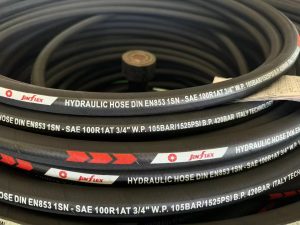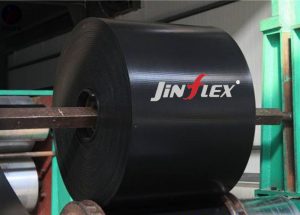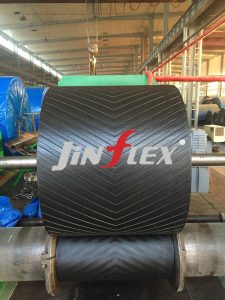The hose inner rubber extrusion process mainly uses an extruder to extrude the heated rubber material onto the inner wall of the hose in a uniform manner to form an inner rubber layer. The specific functions include the following:
1. Forming the inner rubber layer
The extrusion process forms the inner rubber layer of the hose by extruding the heated rubber material onto the hose skeleton.
2. Providing sealing
The extrusion process ensures that the inner rubber layer is evenly and continuously covered on the skeleton material to avoid any possible leakage path.

3. Chemical corrosion and wear resistance
The extrusion process ensures that the inner rubber layer has the required chemical and physical properties to resist corrosion and wear of the conveying medium by precisely controlling the rubber formula and extrusion parameters.
4. Ensure the flexibility and strength of the hose
Through the extrusion process, the thickness and density of the inner rubber layer can be precisely controlled, thereby ensuring that the hose has good flexibility and strength to meet different application requirements.

5. Provide a basis for subsequent processes
Therefore, the main function of the hose inner rubber extrusion process is to form a uniform and continuous inner layer of rubber to ensure the hose’s sealing, chemical corrosion resistance, wear resistance, flexibility and strength. This process is an indispensable part of the hose manufacturing process and provides an important guarantee for the performance of the final product.
Zaozhuang Jinfu has 50 years of experience in hose production. The hoses we produce are waterproof, aging-resistant, not easy to break, and not easy to debond. The product quality is good.


